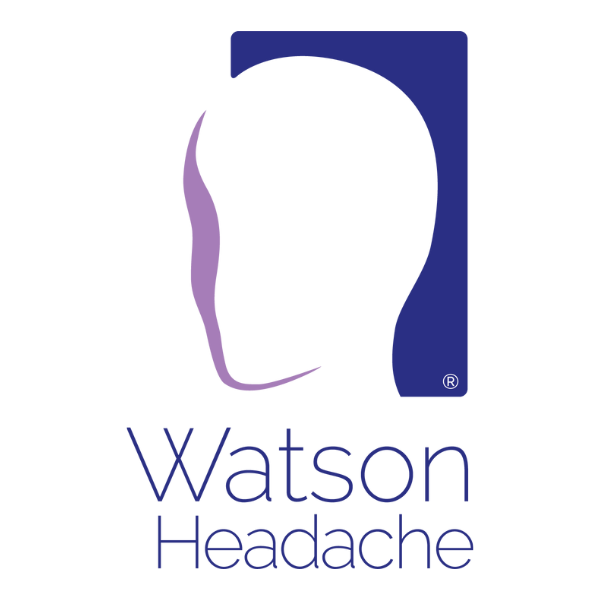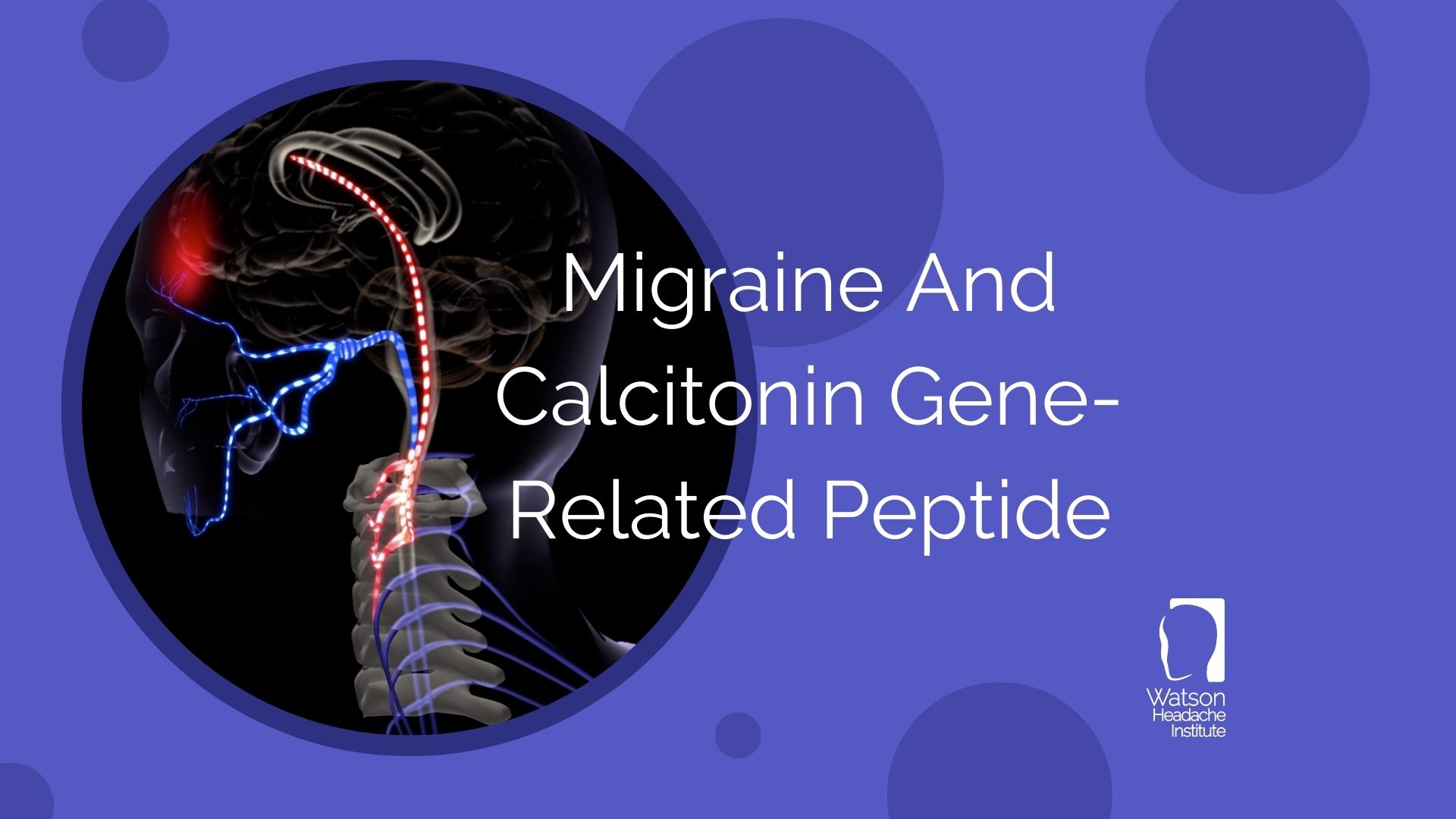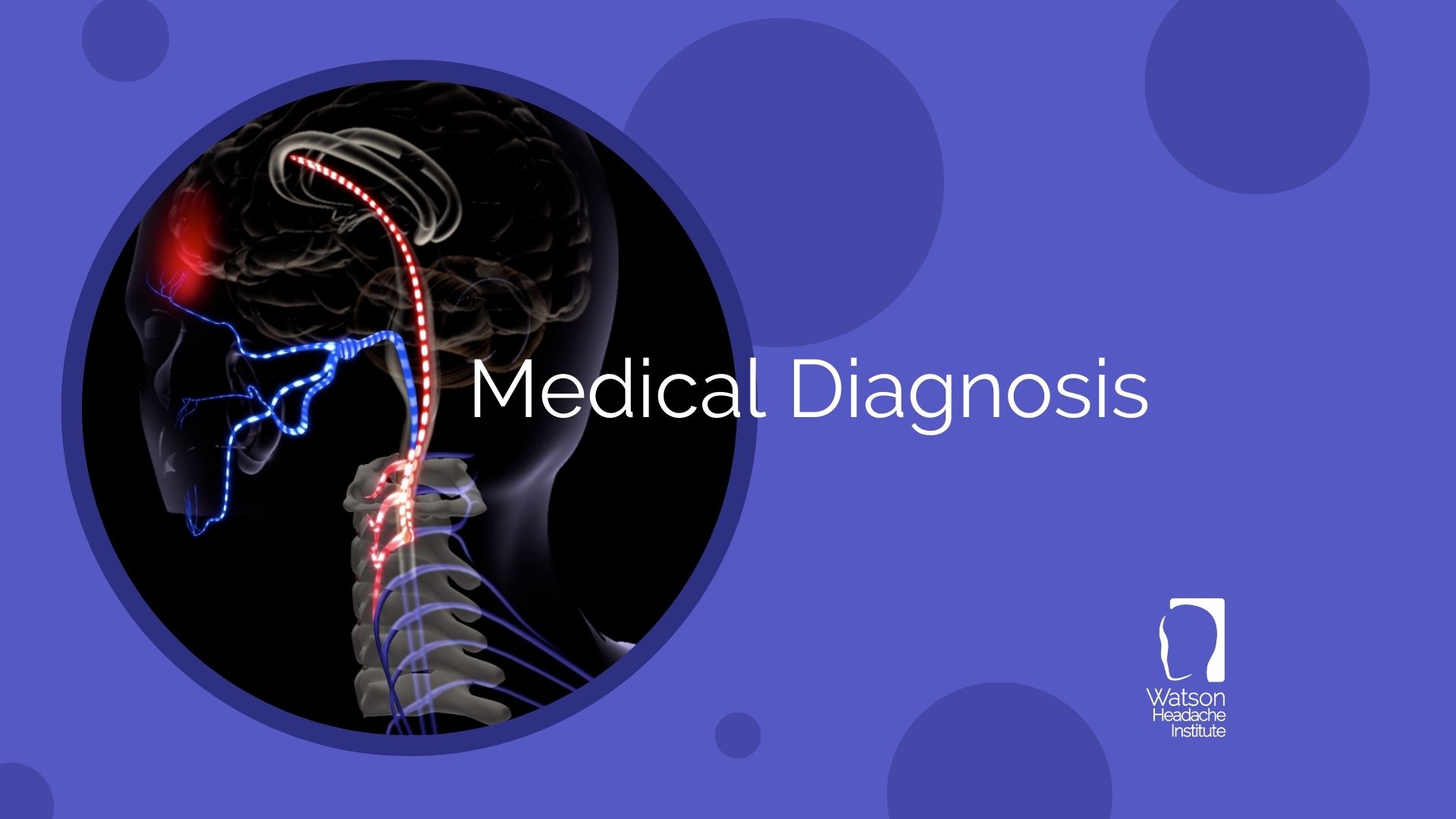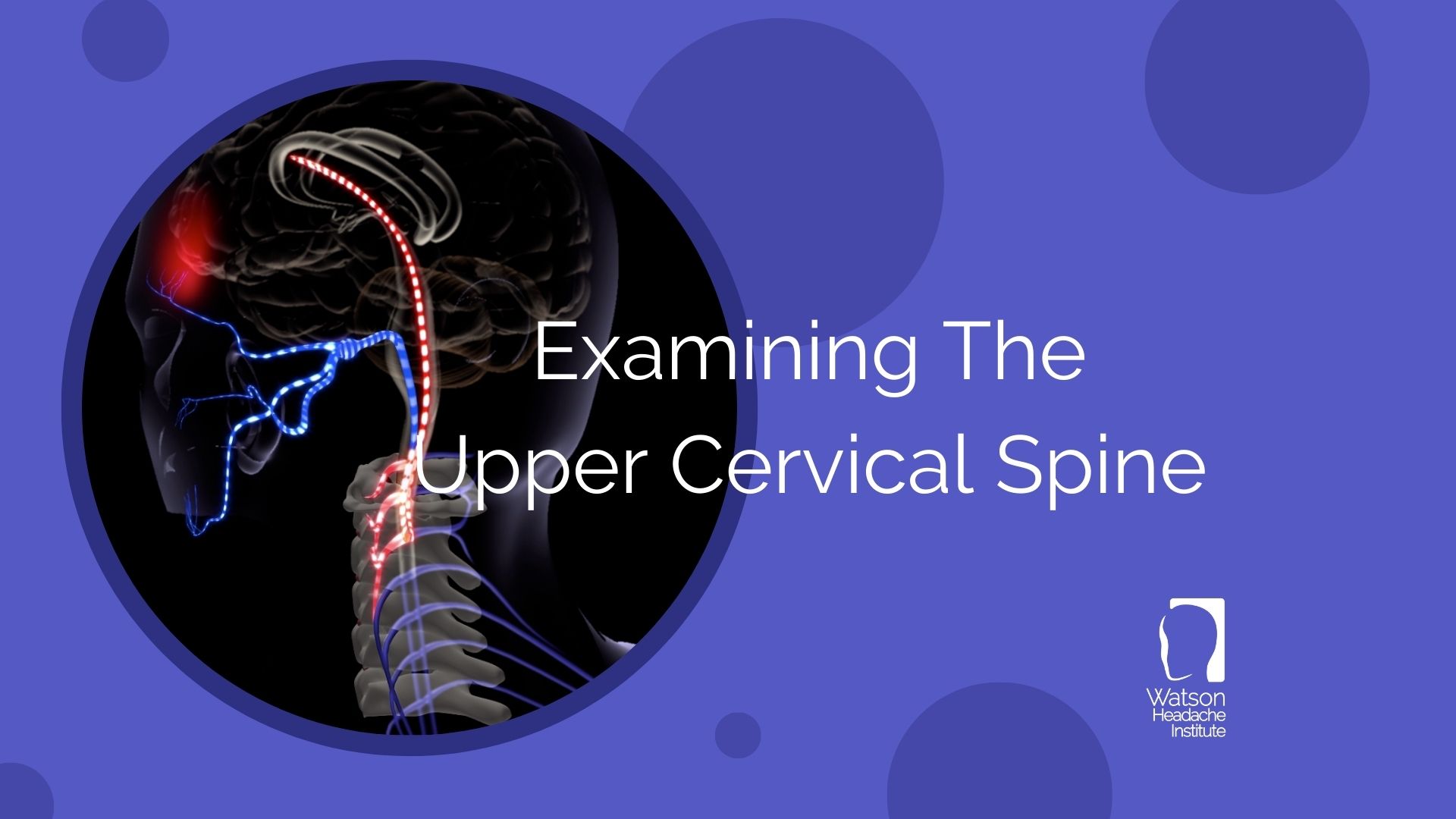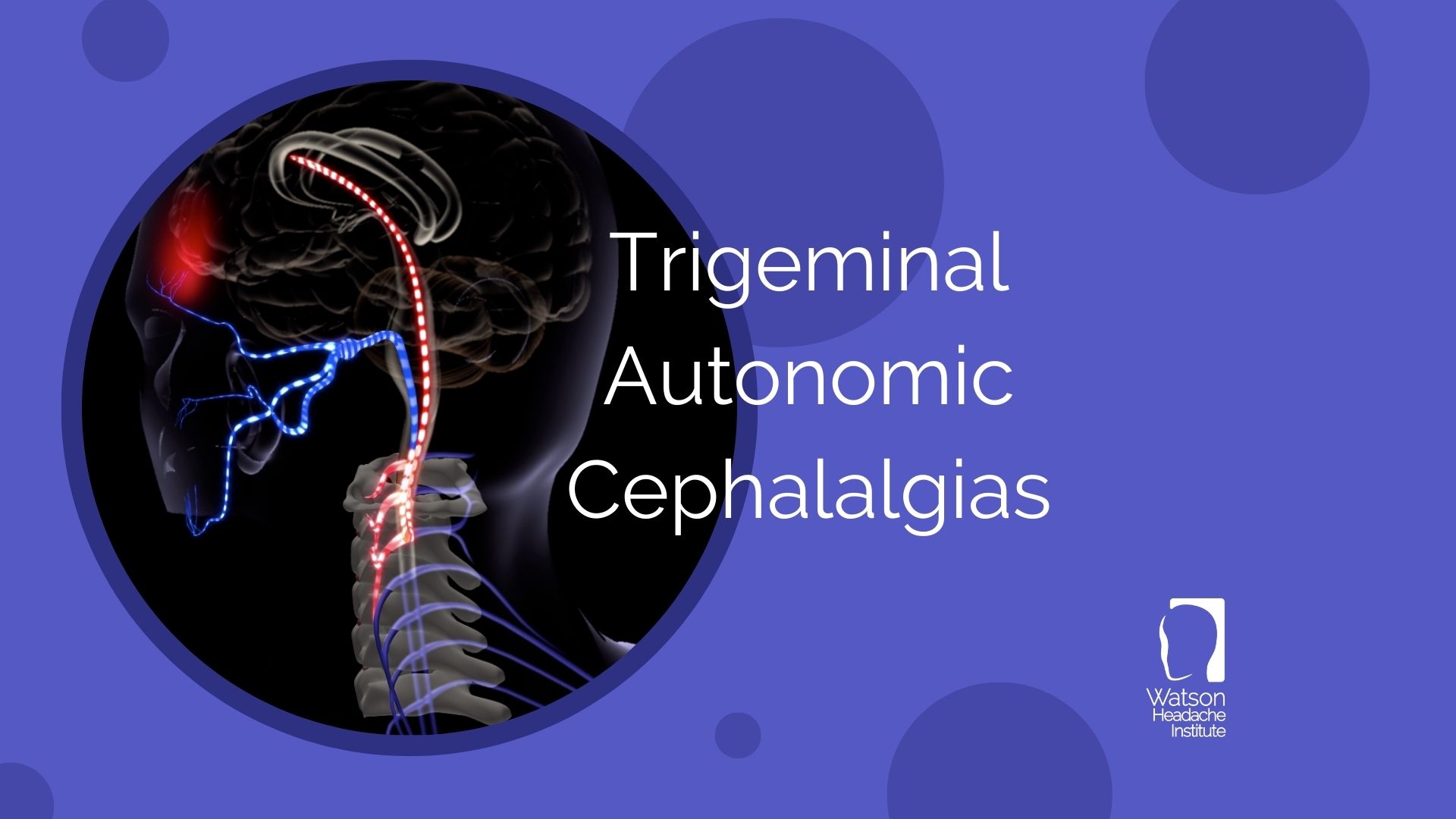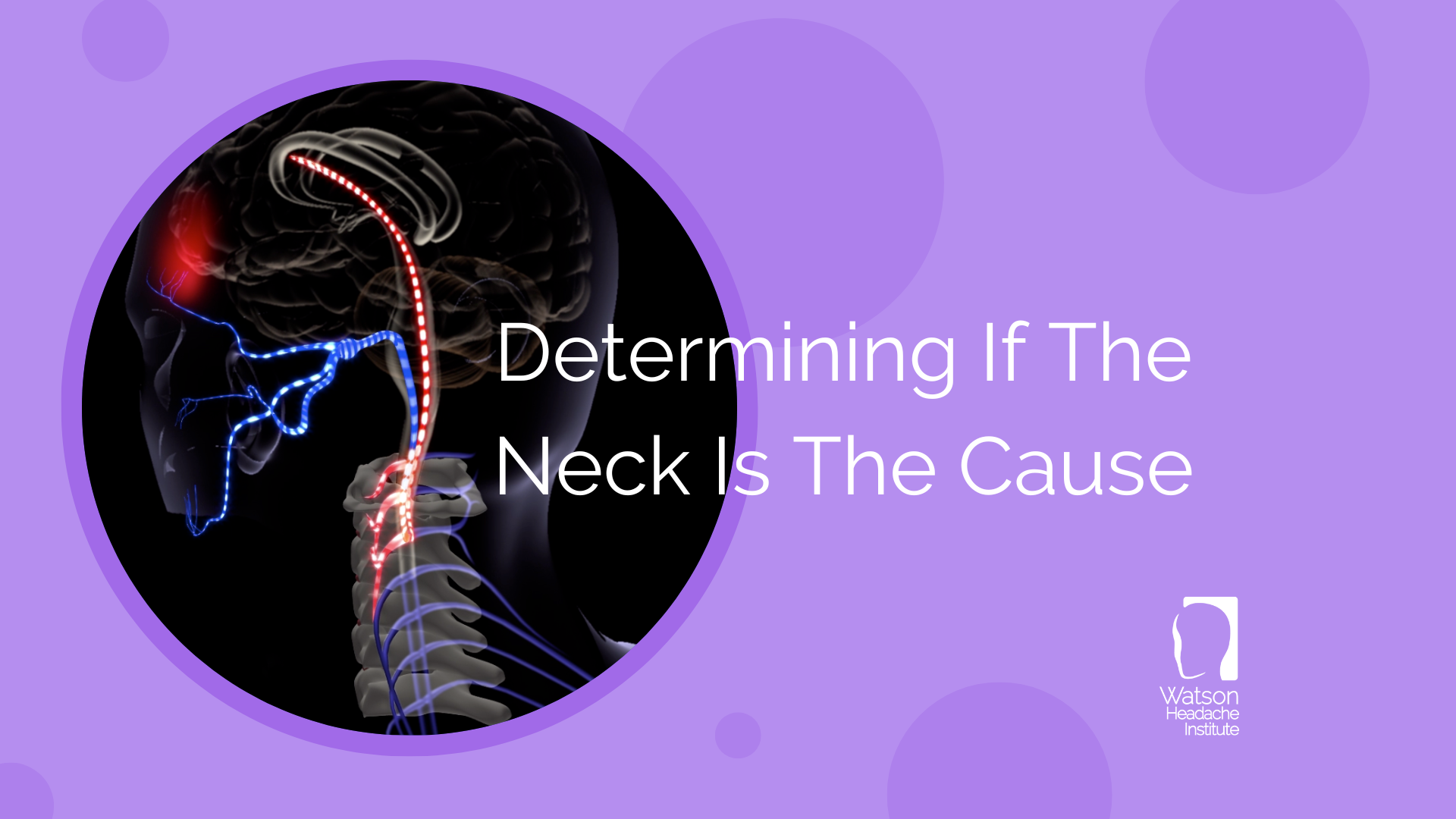
Determining if the Neck is the Cause
In Headache and Migraine One of the confusing phenomena about Cervicogenic Headache is that its symptoms can present as Migraine, Tension Headache or even Cluster Headache.2-6 So even though your headache may have been diagnosed as Migraine, Tension Headache, Cluster Headache etc., it may actually be a ‘Cervicogenic Headache’… and there is one feature, which
